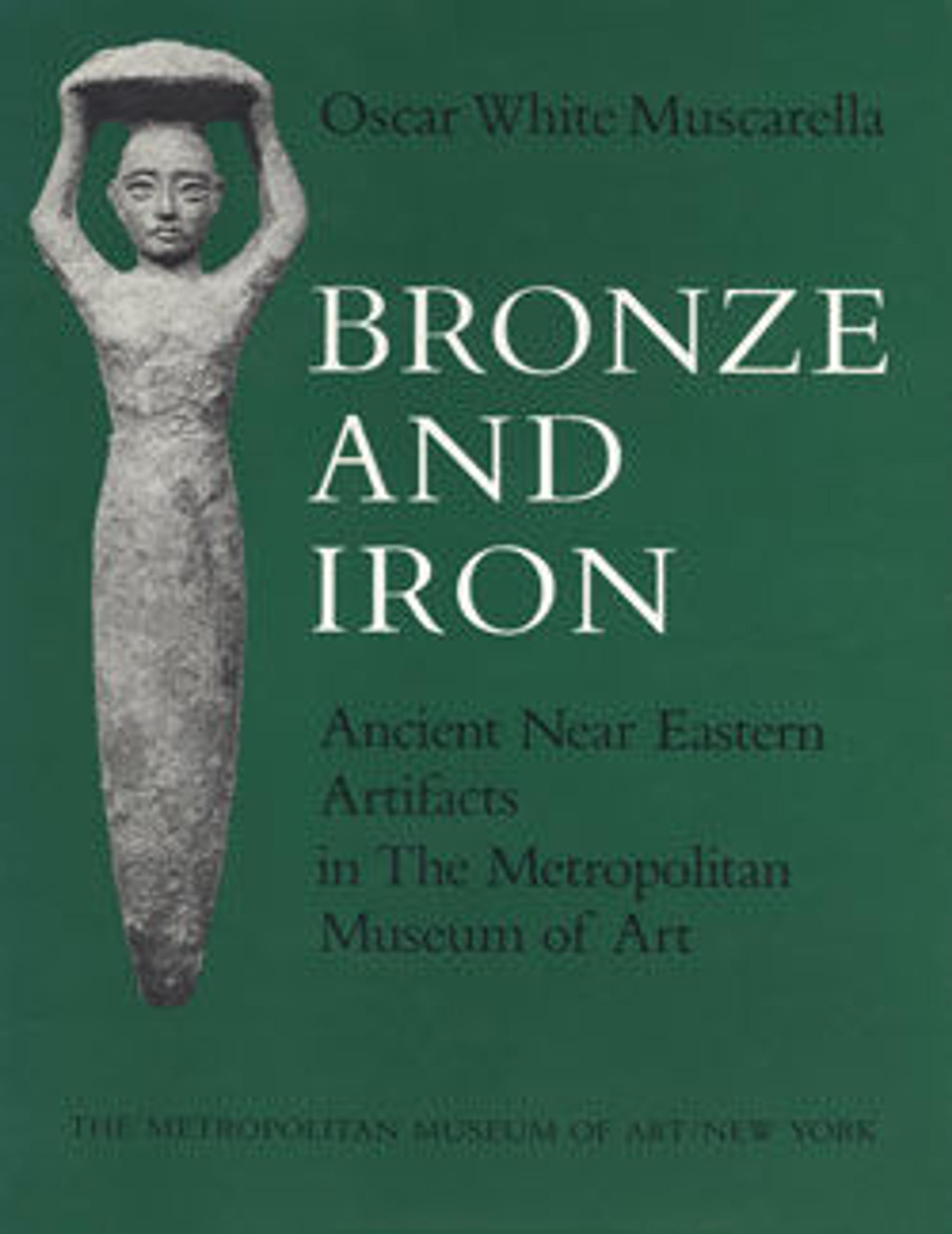Figure of ibex
This bronze ibex stands on a base. Its distinctive long horns turn back to touch the upright ears. The ibex was the most widely represented animal in southwestern Arabian art. Ritual ibex hunts were an important feature of the cult practices of the southwestern Arabian kingdoms. Successfully capturing and killing these elusive creatures was believed to secure favors from the gods.
This sculpture may have served as a handle for an incense burner similar to one in the Museum’s collection (MMA 49.71.2). From the middle of the first millennium B.C. until the sixth century A.D., the kingdoms of southwestern Arabia gained considerable wealth and power through their control of the trade in incense between Arabia and the lands of the Mediterranean seacoast. Frankincense and myrrh, gum resins that are native to southern Arabia, were widely valued in the ancient world for the preparation of incense, perfumes, cosmetics, and medicines, as well as for use in religious and funerary ceremonies.
This sculpture may have served as a handle for an incense burner similar to one in the Museum’s collection (MMA 49.71.2). From the middle of the first millennium B.C. until the sixth century A.D., the kingdoms of southwestern Arabia gained considerable wealth and power through their control of the trade in incense between Arabia and the lands of the Mediterranean seacoast. Frankincense and myrrh, gum resins that are native to southern Arabia, were widely valued in the ancient world for the preparation of incense, perfumes, cosmetics, and medicines, as well as for use in religious and funerary ceremonies.
Artwork Details
- Title:Figure of ibex
- Date:ca. 5th century BCE
- Geography:Southwestern Arabia
- Medium:Bronze
- Dimensions:H. 5 1/16 × W. 1 1/2 × D. 2 15/16 in. (12.8 × 3.8 × 7.4 cm)
Base: W. 1 5/16 in. × D. 2 5/16 in. (3.3 × 5.8 cm) - Credit Line:Gift of Alastair Bradley Martin, 1953
- Object Number:53.47.2
- Curatorial Department: Ancient West Asian Art
More Artwork
Research Resources
The Met provides unparalleled resources for research and welcomes an international community of students and scholars. The Met's Open Access API is where creators and researchers can connect to the The Met collection. Open Access data and public domain images are available for unrestricted commercial and noncommercial use without permission or fee.
To request images under copyright and other restrictions, please use this Image Request form.
Feedback
We continue to research and examine historical and cultural context for objects in The Met collection. If you have comments or questions about this object record, please contact us using the form below. The Museum looks forward to receiving your comments.
